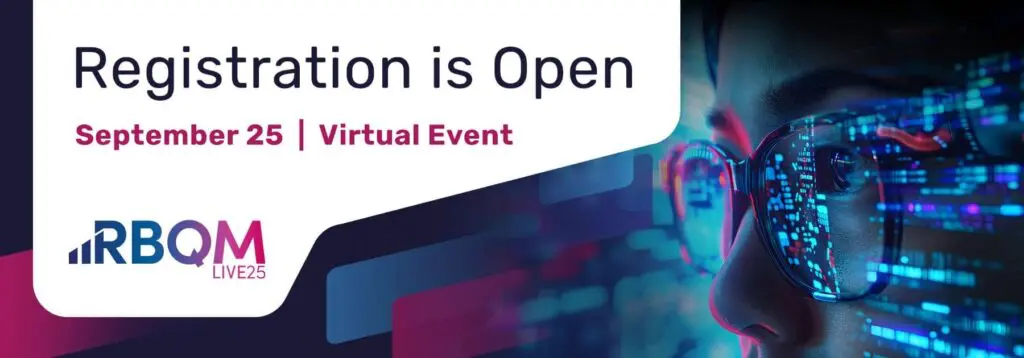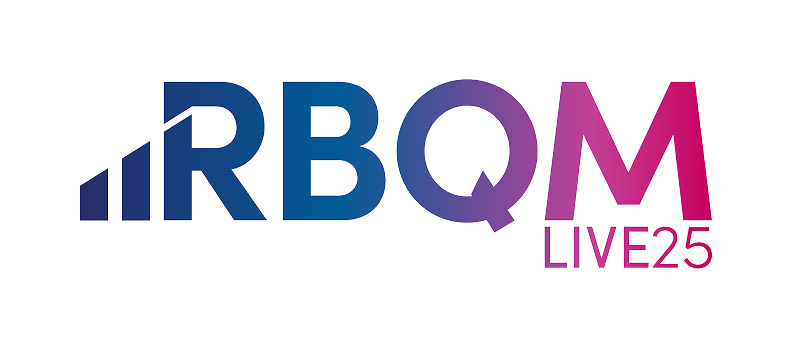Part Three
In the third of an eight-part Q&A series which aims to explore some of the current hot topics in Risk-Based Monitoring (RBM), CluePoints has been speaking with Karen Fanouillere, Biostatistics Project Leader for 15 years and now Head of Clinical Information Governance at Sanofi about the perspectives of a large pharma company in implementing new monitoring methodologies for drug development programs.
Here’s what Karen had to say when we put our questions to her.
When it comes to the practical implementation of Risk-Based Monitoring, where do you feel current best practice lies amongst different sizes of companies and CROs?
In my experience, the size of the company has an impact on how Risk-Based Monitoring is implemented. For example, for larger organizations, the implementation of any new practice tends to be more difficult because of the complexity of integrating the solutions practically throughout the business.
At Sanofi, until Risk-Based Monitoring becomes practically available for use in all studies, we are only utilizing the approach for pivotal and large-scale studies. Our decision to use Risk-Based Monitoring within a trial usually depends on the number of patients and number of sites, or whether the type of study lends itself to a Risk-Based Monitoring approach. For Phase 1 studies, for example, where we feel Risk-Based Monitoring may not add as much value, we are still opting to utilize more traditional monitoring approaches.
How are the regulatory authorities likely to respond to the widespread adoption of Risk-Based Monitoring – are they ready for it and why?
While the authorities are definitely on board with Risk-Based Monitoring and already advising the industry to adopt this approach, they have yet to outline any specific recommendations or guidance on exactly how they would like to see it implemented. At Sanofi, we began implementing Risk-Based Monitoring because we recognized it as a way to gain insight into the quality and the precision of data in our studies, not because it was advised by the regulatory authorities.
How do you think that the multitude of electronic systems are going to co-exist as Risk-Based Monitoring takes off? Will other systems become obsolete or will they need to evolve too?
I think that there are multiple ways of integrating Risk-Based Monitoring within the many tools and systems currently in use. There are numerous solutions implemented across the industry, all of which identify trends in study data in different ways – the industry now needs to find a way to integrate these into one cohesive offering.
The introduction of Risk-Based Monitoring technology means we can now view much more comprehensive data, and centrally at sites. As well as identifying potential risks to the study at the start of a program, Risk-Based Monitoring allows teams to identify trends in data quicker than ever before during the course of a study, meaning they can take remedial action and minimize potential issues before they have happened or progress any further. Existing systems are not designed for that. And while I don’t think these will become obsolete, as many offer capabilities complementary to Risk-Based Monitoring, there will certainly need to be some evolution of the technologies in order to create more appropriate risk management platforms.
Much of the early work in Risk-Based Monitoring has a focus on relatively simple KRIs and traffic-light dashboards which are easy to understand. There is a growing need to complement this approach with a more sophisticated and comprehensive analysis known as Central Statistical Monitoring (CSM). How are companies likely going to adopt these complementary approaches to ensure data accuracy and integrity?
Sanofi first implemented central statistical monitoring (CSM) in a pilot study in 2013, and now we have just begun implementing KRIs, so we have done things a little bit in reverse.
In the past, we only had between 5 and 10 indicators that could be considered a KRI, which was very simple and not very useful or user-friendly. Because of this, we moved away from the use of KRIs. Then we initiated CSM with CluePoints, which has enabled us to derive KRIs and given us greater understanding of how to utilize them. So we are now working on a pilot study to implement a dashboard with KRIs, and appreciate that both approaches can add significant value to the data monitoring process.
Moving forward, we would like to implement both approaches, particularly in our larger trials, as we acknowledge the importance and value both can bring to a study. However, the challenge is finding a way to do this without doing the same assessments twice, so the team is currently working on developing a process which integrates the use of CSM and KRIs in the same study, which avoids gaps and minimizes duplication.
Discuss the complexity of defining subjective thresholds using KRIs rather than (or in addition to) the objectivity of comparing one site against the others.
At Sanofi, we use a defined list of standard KRIs that are implemented across all of our study programs. But it is under the study team accountability to use a pre-defined thresholds or to compare sites according to the average of observed values within the study. We like to avoid the fear of the blank page, so pre-defined KRIs help us focus and look, for example, at adverse events, treatment withdrawals, missing data for critical endpoints…. In addition, at the start of trial, we provide a list of factors based on the biggest issues posed to a particular therapeutic area / trial dependent on our experience and on the expected figures observed in the literature– so, for example, we can ensure that a study registers 10% of diabetic patients as per expected and identify sites with a very low rate of diabetic patients to be investigated. CSM, on the other hand, allows us to compare one site against all other sites and identifies those challenges that aren’t always predictable, to follow potential underestimations or overestimations on sites.
What are your thoughts on the ICH (E6) Addendum, how to implement the parts outlined in the guidelines practically for the respective area (EDC, Risk-Based Monitoring, etc.) and how the changes could impact current practices?
This is something that we have been trying to anticipate during the past year. In terms of EDC, Risk-Based Monitoring, and numerous other tools, we have been trying to improve the way they integrate to streamline our processes. We are also currently working towards formalizing how we document the monitoring of risk.
While there is no doubt we are making progress, I think there are definitely still occasions when we are all guilty of paying the most attention to risk in our respective areas. To overcome this, I think organizations need to do now is start looking at risk in a more holistic sense. By that I mean getting the team to consider risk for the organization as a whole, rather than just in their area(s) of responsibility. By everyone focusing on their primary endpoints there is a chance that certain issues, for example, fraud, could go undetected.
In my opinion, by working together to look at risk holistically, the ICH (E6) Addendum will clearly help us improve the management of our studies, and we are currently working to adapt our internal procedures to meet these recommendations.
It will also bring much more collaboration between global and local teams, and make everyone at all levels across organizations more aware of the risks associated with entire studies rather than simply their own functions. This will not only improve communication across businesses and help teams better understand the impact of poor quality data, but also allow us to quantify the quality of the sites to identify low-performing centers.



